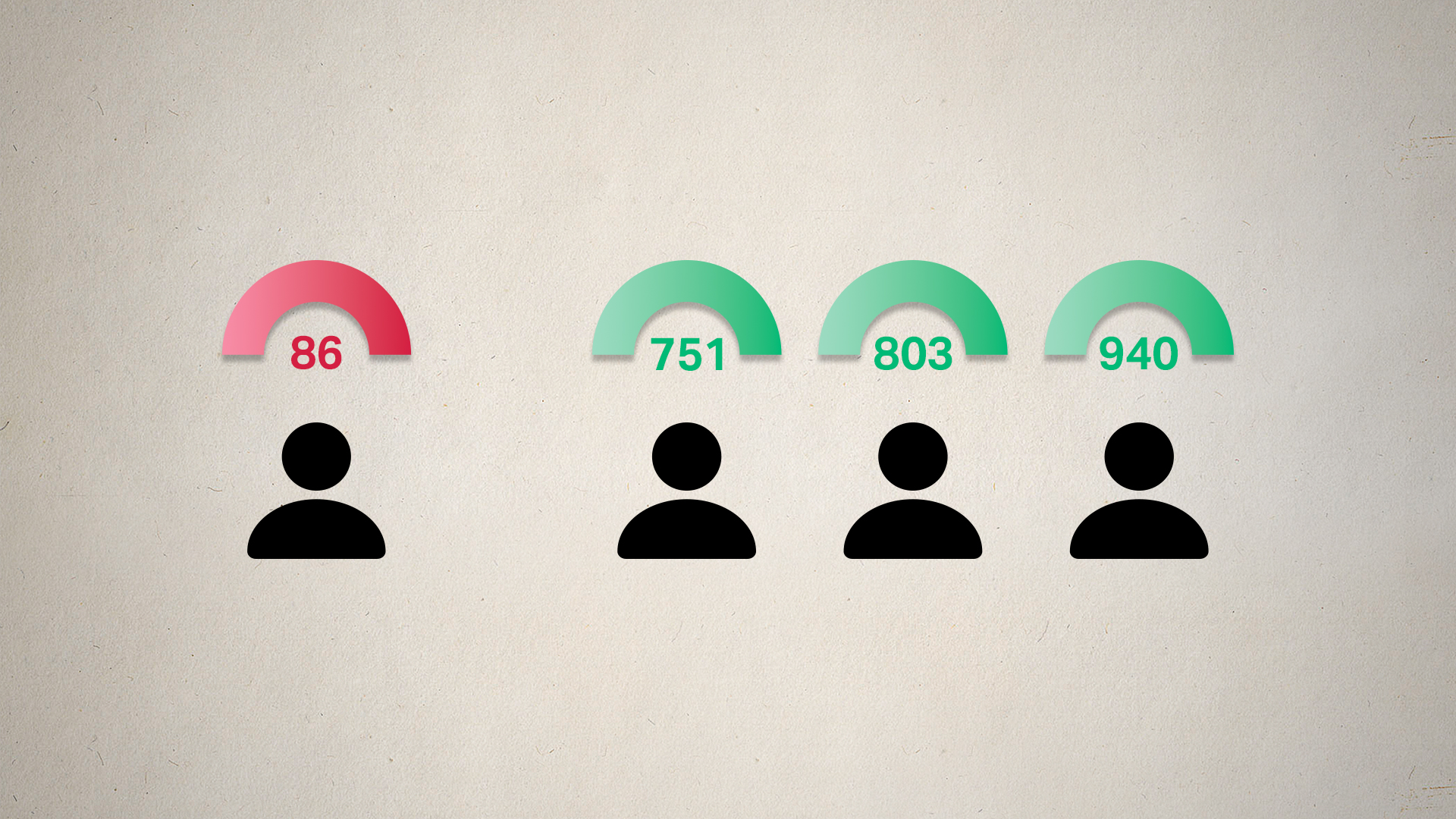
Research sheds light on apes’ technical skills

Researchers from the University of Zurich and Cambridge University have found that young male chimpanzees play with objects more often than their female counterparts, despite the fact that females are more likely to use such tools later in life.
Published in the scientific journal PLOS ONE, the researchers’ observations of chimpanzees and bonobos in Uganda and the Congo showed that young male chimps are more likely to use objects for play as youngsters. While using rocks or sticks, they would laugh or smile in a playful way without using the objects for specific tasks.
Females, however, use such objects much less often as youngsters, and rarely as playthings. Instead, when they do use tools, young female chimpanzees show more creativity by biting, breaking or carrying them around.
The researchers believe this difference in the genders results from young females watching their mothers using objects as tools instead of playthings. Female chimpanzees tend to be more adept at using tools than males.
The research team from Switzerland, the United Kingdom and South Korea says the results reflect observations made in human children, since boys also tend to play with objects more than girls do.
“This could indicate a common evolutionary story [between chimpanzees and humans] in this area,” the researchers wrote.
In addition, the new findings break with former assumptions that every kind of interaction with objects prepares young chimpanzees to use them as tools. Young males may also be practising dominance behaviour as they play with and throw objects.
Finally, researchers found that bonobos – also closely related to both chimpanzees and humans – rarely use tools and also rarely play with objects as youngsters. This observation may provide future clues about how humans evolved their extreme technical skills, since information about how humans developed may lie in the evolutionary gulf between chimpanzees and bonobos.

In compliance with the JTI standards
More: SWI swissinfo.ch certified by the Journalism Trust Initiative




































You can find an overview of ongoing debates with our journalists here . Please join us!
If you want to start a conversation about a topic raised in this article or want to report factual errors, email us at english@swissinfo.ch.